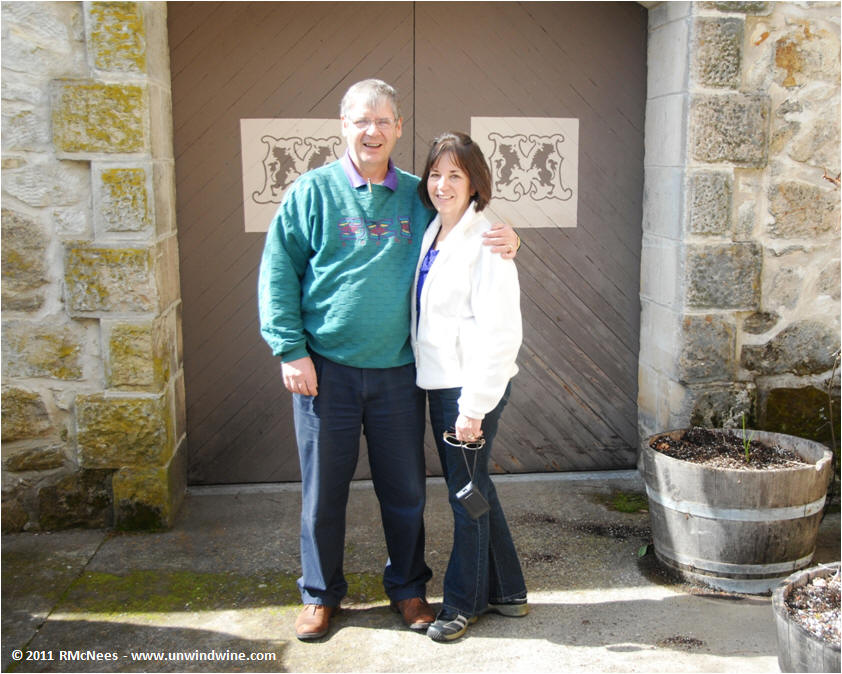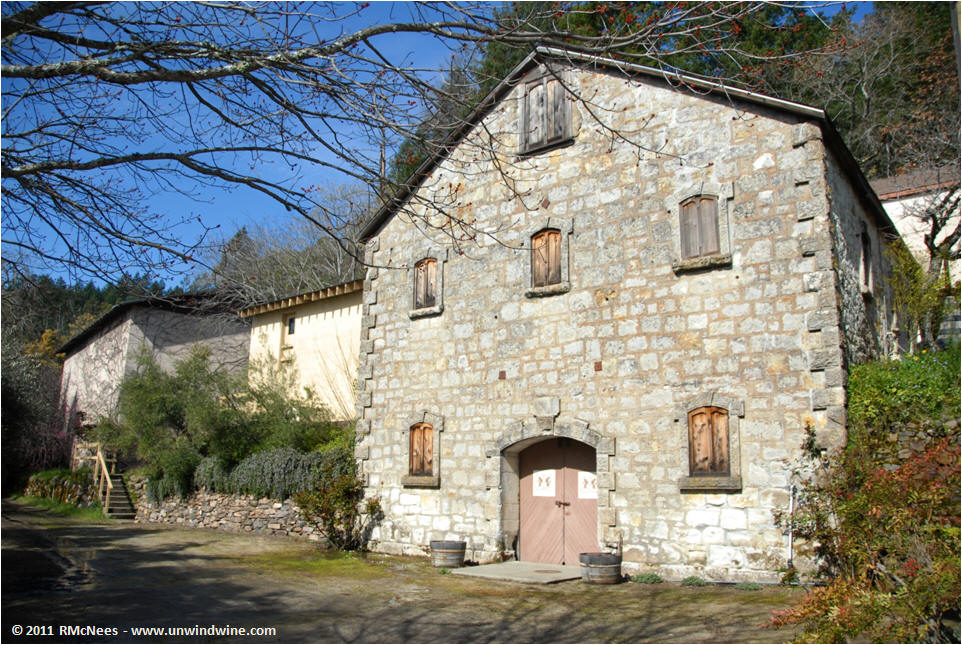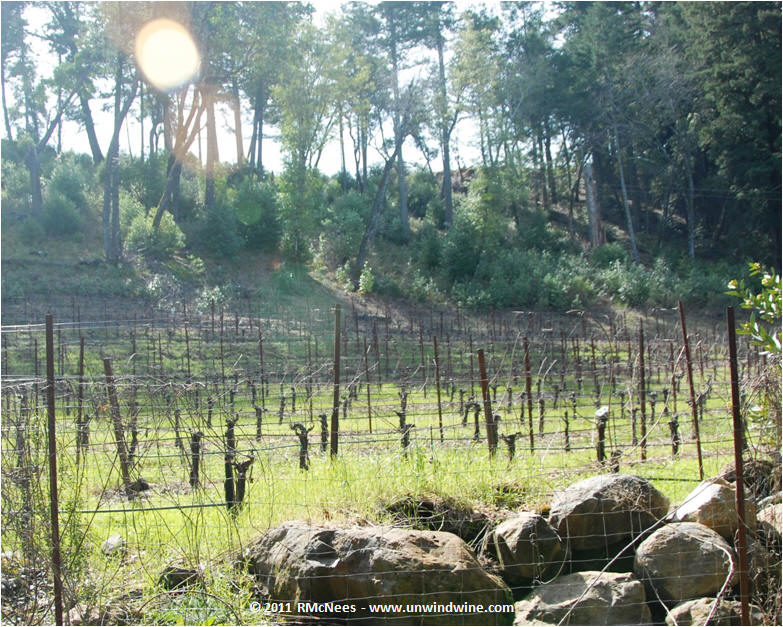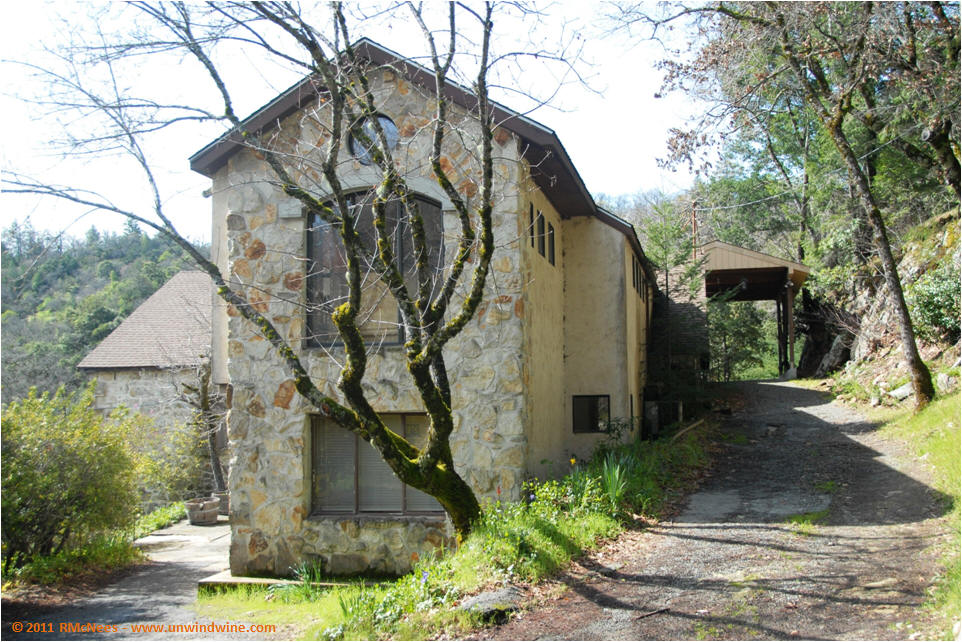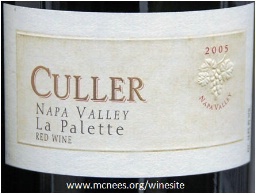Duo of Mt Veeder Pym Rae Vineyard Napa Valley Cabernets comparative tasting
Fellow Pour Boy wine buddy Bill and Beth came in from Charleston for the weekend so Linda prepared grilled rib-eye beefsteaks with roasted potatoes and haricut verts. Linda prepared the steaks charred Pittsburgh style perfectly, as shown.
Prior to dinner and ceasar salad we had a selection of artisan cheeses and fresh berries.
After dinner, Linda served Tuxedo chocolate cake with fresh berries and whipped cream.
 |
Grilled Ribeye steaks prepared
Pittsburgh style served on French Bread |
|
We scoured the cellar for an interesting and tasty wine flight and selected a mini-horizontal of two vintage wines from two different producers, sourced from the same estate and vineyard.
I wrote about the history of the Pym Rae Vineyard on Mt Veeder serving as the source for several producers over the years in this blogpost a while back. - https://unwindwine.blogspot.com/2018/06/marco-di-guilio-pym-rae-vineyard-mt.html.
We've met with Robert Craig a dozen times over the years at the winery, at a ghost winery in early years, at harvest parties, and at special dinners that we have hosted or attended.
The
Pym Rae vineyard property historically was better known as the Napa
Valley vineyard and estate of Robin Williams, the comedian and actor
known for his stand-up routines and his many diverse film
performances including Mrs Doubtfire and Good Will Hunting, for which he won an Academy Award.
 |
Rick, Robert Craig and Bill at
Howell Mtn estate harvest party.
|
The name Pym-Rae is a hommage to the late
Robin Williams and his children after whom the vineyard was named. The inspiration behind the odd sounding Pym-Rae was the combination of the middle names of Robin's two eldest children, Zachary Pym Williams and Zelda Rae Williams.
The Pym-Rae vineyard was originally cultivated in about 1990, long before there was an estate chateau or active winery. The grapes were sold to various local producers including Robert Craig, Vineyard 29 and Rombauer.
Robert Craig was winemaker for Robin Williams wines for more than a dozen years and when he started producing wines under his own label he sourced his Mt Veeder Cabernet Sauvignon grapes from there. We hold several decades of vintages of Robert Craig wines including this Mt Veeder label, dating back to the inaugural release in 1993.
Robert Craig's website noted the end of their supply of fruit from this vineyard; "Bob Craig consulted on the development of the late Robin Williams’ 17-acre Pym Rae vineyard in 1990 and, since then, we (have) received the majority of the fruit from this terrific property".
The entire Pym-Rae property totaled 640 acres and was purchased by Robin Williams in 1994. After his death, in August, 2014, the property was sold in January 2016 to the French Tesseron family, owners of Chateau
Pontet-Canet and Tesseron Cognac.
As part of the purchase they acquired homestead chateau on the property, Villa Sorriso, a massive, stunningly beautiful home, built in 2003. The 2 story Italian styled villa, 20,000 square feet, was
the home of Robin Williams and included a movie theater, 5 bedrooms, 10
bathrooms, a tennis court and infinity pool in the home. Robin Williams had referred to the estate as Villa Sorriso, which is translated to “Villa of Smiles.” There the Tesserons have created the "Tesseron Estate".
Last year the Tesseron Pym Rae Cabernet Sauvignon was released at $350 per bottle making these wines a terrific value in comparison.
Marco Di Giulio Napa Valley Mt Veeder Pym Rae Vineyard Cabernet Sauvignon 2005
https://unwindwine.blogspot.com/2020/12/close-out-2020-with-diamond-mtn.html
This 2005 Mt. Veeder Pym-Rae Cabernet was dark inky blackish garnet
colored, full bodied, powerful and massively structured. Upon opening
the fruit flavored exploded from the bottle into the glass. The forward
rich fruits are layered with blackberry and blueberry accented by a tone
of chocolate with nuances of smoke and spice, turning to an incredibly
long finish.
I wish I could find more of this label and will watch for it and buy all that I can find. Watch for the new releases from Tesseron Estate as they come on the market in the coming years.
RM 93 points.
https://www.cellartracker.com/wine.asp?iWine=1498521An interesting comparison of two wines from two different winemakers and producers, sourced from the same fruits. In comparison, the Di Giulio was more expressive with more vibrant fruits from the onset with aromas erupting from the bottle and glass upon opening and pouring, while the Craig was tighter and more subdued.
Over the course of an hour the wines came closer together resembling their common terroir character and profile. Then, they drifted apart again, back to their initial profile where they revealed winemaker influences as the Di Guilo presented more vibrant fruits accented by a frame of sweet oak.
Surprisingly, the ladies both preferred the Robert Craig over the bolder more expressive Di Giulio.
Robert Craig Napa Valley Mt Veeder Cabernet Sauvignon 2005
The time before last that we served this particular label at one of our wine dinners, it was poignant tasting and reminiscing over this wine. We
recalled tasting this wine with Robert Craig on numerous occasions and
he recollecting this is his favorite of the vineyard selections. We
talked of the recent end of the supplier relationship for this fruit source as the legendary Pym Rae Vineyard,
previously owned by the late Robin Williams, was sold to a major French
producer who acquired the sixteen hundred acre estate with plans to enter
the Napa Valley marketplace. We recall Robert's reminiscences of Robin
for whom he worked and managed the vineyards back in the nineties.
From Robert we learned the inspiration for naming Robin's wine portfolio brand Toad Hollow was because, as a child he couldn't pronounce older brother Todd's name.
Robert
Craig's 2005 Cabernet Sauvignon is complex and unusually high in
alcohol. It displays aromas of blackberry and cassis with notes of
chocolate and tobacco, while its fruit-forward palate offers flavors of
mocha and licorice with a long finish and supple tannins.
Its dark garnet colored, black berry fruits with notes of smoke, hints of cassis, toasty oak,
graphite, and spice notes offered in a medium-bodied, elegant,
Margaux-like stylish, graceful wine. Drink it over the next decade."
Mt. Veeder, located on the eastern slopes of the Mayacamas range has a
climate that is cooler than the valley floor below. This climate and
the more difficult (less fertile) volcanic mountain soil influence the
flavors of the wines from this region. Most known for both Chardonnay
and Cabernet Sauvignon, Mt. Veeder is known for producing grapes of
exceptional character and intensity.
Dark garnet colored, medium bodied, complex aromatic blackberry and black cherry fruits with notes of cassis, subtle spice, black tea, cigar box with hints of cedar and anise with full, ripe tannins and a hint of minerality on a long smooth finish.
RM 91 points.
https://www.cellartracker.com/wine.asp?iWine=458252
https://robertcraigwine.com/
@RobertCraigWine
Clerc Milon Pauillac 1989
With the steak dinner entrees course we opened this aged vintage
Bordeaux from Bill and Beth's son Matt's birthyear that we've been
holding for such an occasion.
The 1989 Clerc-Milon is 65% Cabernet
Sauvignon, 25% Merlot, and 10% Cabernet Franc. The vintage faced a warm spring that produced
early flowering and the heat continued throughout the summer, leading to
Clerc-Milon's earliest harvest of the twentieth century to that point.
We drove past the Clerc Milon estate and vineyards during our Bordeaux Wine Experience in 2018, although we didn't stop as our focus for the trip the adjacent St Julien appellation.
This wine was rated
93 points
by Wine Spectator, 91 points
by Vinous and 90 points
by Robert Parker's Wine Advocate. At thirty-two years, this was holding up well, testament to the ageworthiness of fine Bordeaux from a good vintage. The fill level was appropriate for the age at lower neck level. The cork was completely saturated by still sound and intact albeit nearing end of life for its utility. It was extracted after much effort and care using a ahso two pronged cork puller. I wonder if it could have been done with a corkscrew.
This was clearly in the waning years of its drinking window, but still presentable and enjoyable, taking into account its into its entering its fourth decade. The resulting Clerc-Milon was on par with the premier first growth
flagship Mouton-Rothschild and even preferred by Robert Parker for the
first time in his many years as a critic resulting a great value in
comparison
Garnet colored with a slight brownish hue starting to emerge, medium bodied, the ripe blackberry and black currant fruits were beginning to give way to earthy leather, creosote, tea, herbs and hints of licorice and graphite. turning to soft tannins on the long lingering finish.
Showing its age a bit - RM 88 points.
https://www.cellartracker.com/wine.asp?iWine=2898

